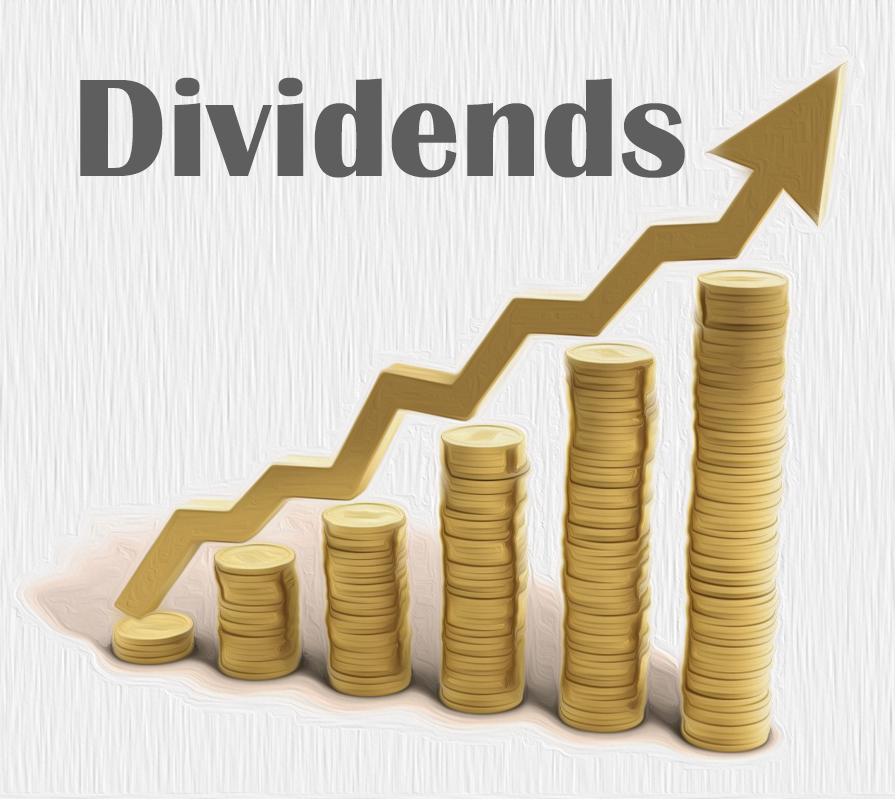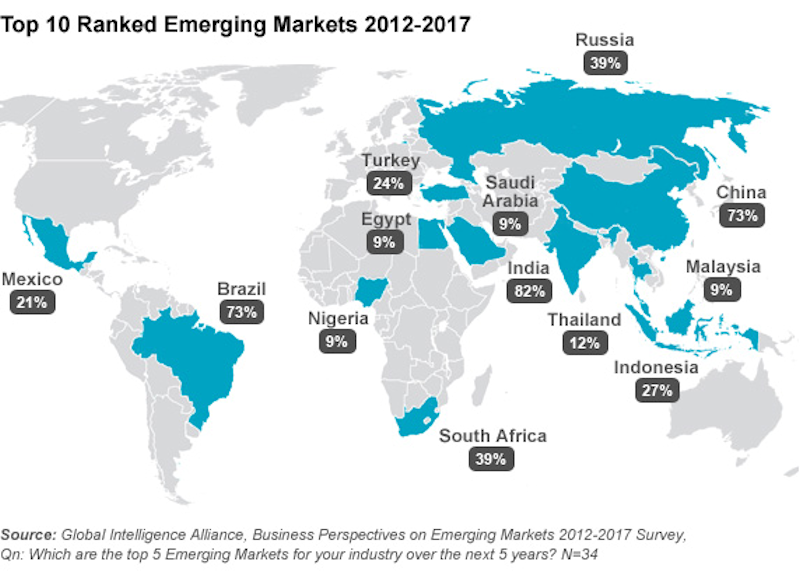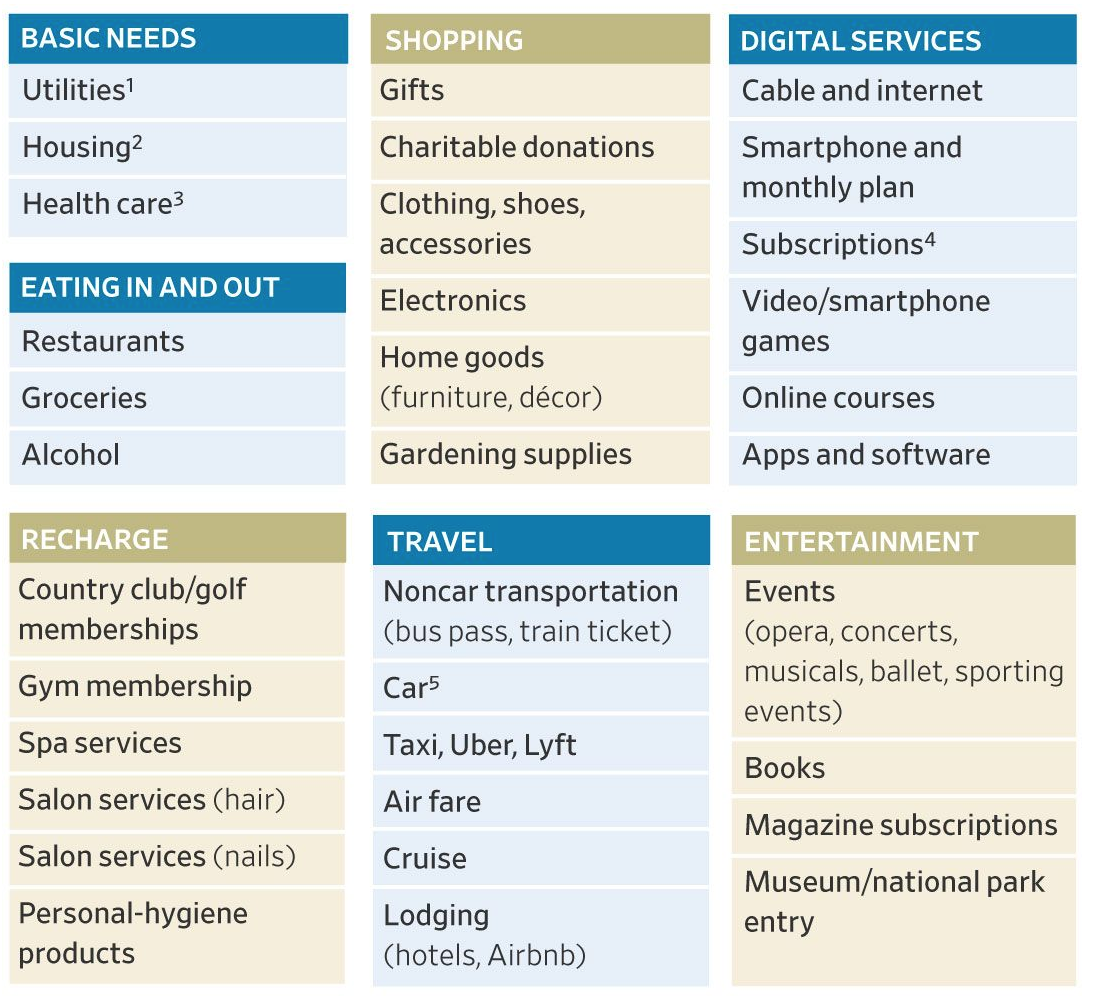More and more states are legalizing cannabis and its by-products for medicinal and even recreational use. As its legal use grows, companies will get involved in all aspects of cannabis – cultivation, formulation, distribution, sales

It Is Still Illegal at the Federal Level
The biggest problem for cannabis is that it is still illegal at the Federal level. The Feds have made noises but have as of yet not made efforts to negate individual state laws that have legalized cannabis at some level in their states. My guess is that it will still be a while before the Feds legalize it – I doubt the Feds will go the other way and crack down on the states.
A number of problems fall from the fact that cannabis is still illegal:
- Just on the surface, it would be bad optics for an institutional-level investor such as a pension fund to invest in a company whose product is illegal, even if it is “legal” in some states.
- Companies involved in cannabis currently have and will continue to have a difficult time gaining banking relationships. This goes all the way to even having a deposit account at a large national bank. Is there much difference between a company that sells cannabis and the street corner marijuana dealer, in terms of what they can do with their sales revenues? Not much, if you look at it at the macro level. Even larger cannabis companies still can’t get standard banking relationships. They have to do business the old fashioned way – in cash. Meaning, these companies have to hoard stockpiles of cash. Not exactly a modern or efficient payments system.
Drug Approval
Another problem that prohibits institutional investment follows from the drug approval process. One reason for the growing use of cannabis is its reported medicinal qualities. My thought is, if some cannabis producers tout its ability to alleviate depression or what have you, why don’t they just go through the FDA process and get cannabis approved as a drug by the FDA, just like any other pharmaceutical company must do to get its drug approved? Well, the problems are 1) cannabis is illegal (see above); and 2) companies can’t patent it. With other new drugs that get approved by the FDA and come onto the market, the pharmaceutical company that developed the drug has patented the chemical mixture that comprises the drug. That can’t happen with cannabis because its use is already widespread – the cat is already out of the bag. Now there are companies that are trying to use the FDA process but they are small-scale thus far. Again, until the Feds give cannabis some legal status, the FDA is not likely to get involved, and cannabis will not grow to be a drug class like any other standard drug class. As a result, it will continue to be shunned by institutional investors.
IMO
If you find a flyer opportunity at the company level in the broader cannabis industry that you think could take off, by all means give it a shot, but keep in mind it will be an uphill battle for the foreseeable future because institutions including banks won’t touch it. Don’t bet the farm on cannabis.







